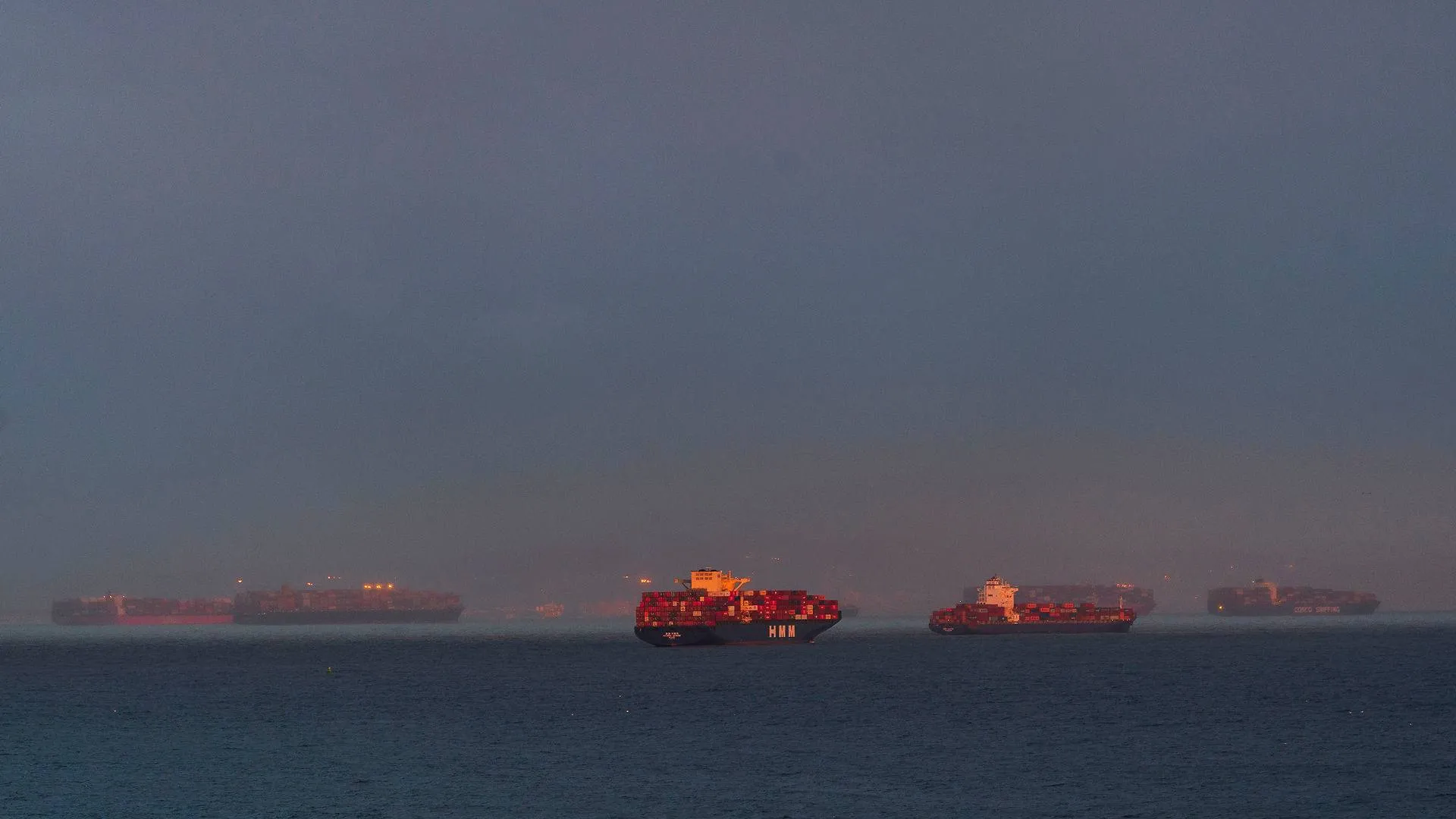In the first half of 2025, the car carrier shipping market reached a critical turning point. After years of high freight rates and vessel valuations, the market is gradually returning to normal. Although current levels have not fully reverted to historical averages, the trend of a “soft landing” has become evident, driven by cooling demand, capacity expansion, and macroeconomic headwinds.
Entering 2025, time charter rates for standard vessel types plummeted sharply, primarily due to a surge in new vessel deliveries, coupled with dampened market sentiment from U.S. tariffs on China and weak Asian exports. The concentrated delivery of large car and truck carriers (LCTCs) increased global capacity by 5%, with China contributing the majority of the growth. Meanwhile, Asia’s light vehicle exports grew by only 4%, highlighting a supply-demand imbalance. As a result, the one-year time charter rate index for 6,500-car equivalent units (CEU) vessels plunged 44% year-on-year in June, marking the end of the high-freight-rate environment that had persisted since the pandemic.
Despite short-term market pressures, there were still bright spots. For example, CMA CGM chartered the *Fuxian Lake* (6,300 CEU, built in 2009 by Japan’s Shin Kurushima) in January at a daily rate of $38,000 for three years, while Heidelberger International Shipping secured the *Paganella* (5,000 CEU, built in 2009 by China’s Yangfan Group Zhoushan Shipyard) in June at $27,000 per day for three years. These cases demonstrate that owners with high-quality fleets can still secure solid returns. Such transactions injected stability into the market, preventing a cliff-like decline.
In the vessel sale-and-purchase (S&P) market, liquidity remained tight. Only nine transactions were recorded in the first half of 2025, three of which were option exercises—a roughly 50% drop compared to the same periods in 2021 and 2022. However, Seaspan’s blockbuster acquisition of the *Caelum Ace* (7,000 CEU, built in 2025 by Shin Kurushima) and *Angelite Ace* (7,000 CEU, built in 2025 by Japan’s Tadotsu Imabari) for $105.3 million each showed that long-term strategic investors remain active despite the subdued market.
In terms of vessel asset values, 10-year-old 6,500-CEU and 4,000-CEU vessels saw their valuations decline to $83.4 million and $63.7 million, respectively, both down about 11% year-to-date. Although asset values continue to soften, there has been no crash-like plunge.
Notably, the newbuilding order cycle has peaked. In the first half of 2025, no new car carrier orders were recorded, whereas the market averaged 30 new orders every six months from 2022 to 2024. After years of rapid expansion, owners are now scaling back capacity as the freight market stabilizes and trade growth slows. In the newbuilding sector, China holds 83% of the global orderbook, followed by Norway, Japan, and Italy.
Looking ahead, a full recovery of the Red Sea route before 2027 is unlikely. Continued route disruptions, combined with cautious ordering by owners and subdued S&P activity, underscore that the market is undergoing a gradual adjustment toward a more sustainable long-term equilibrium.





